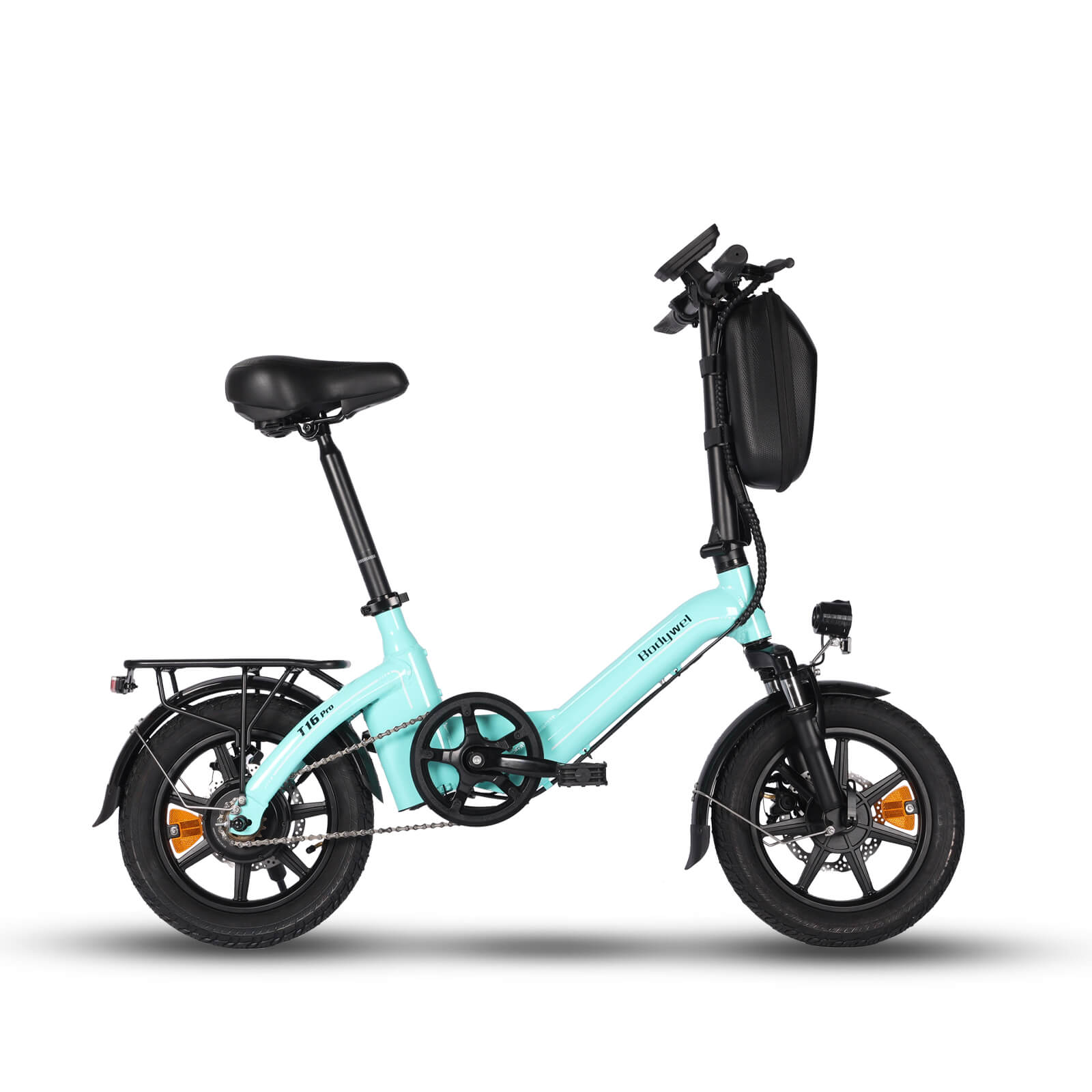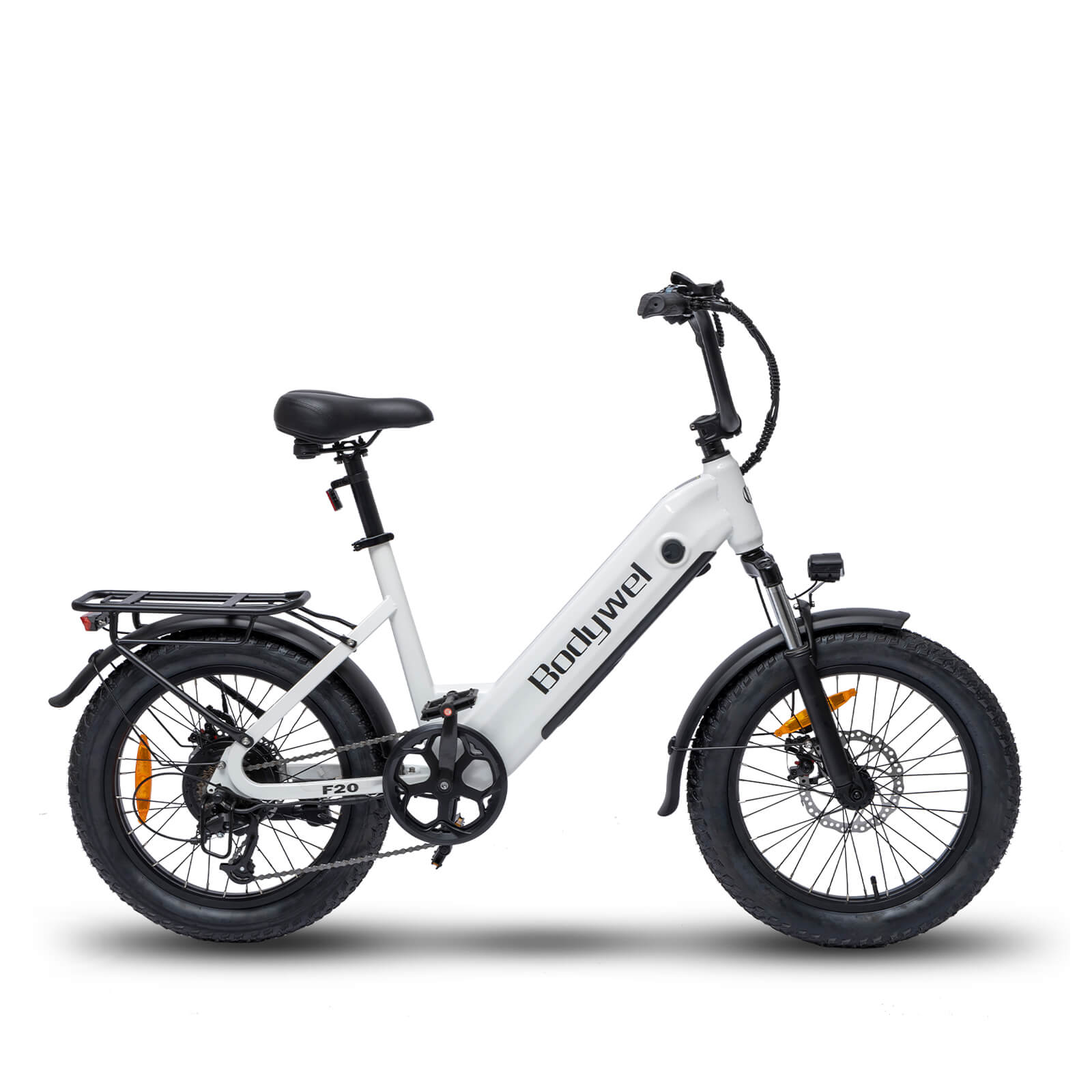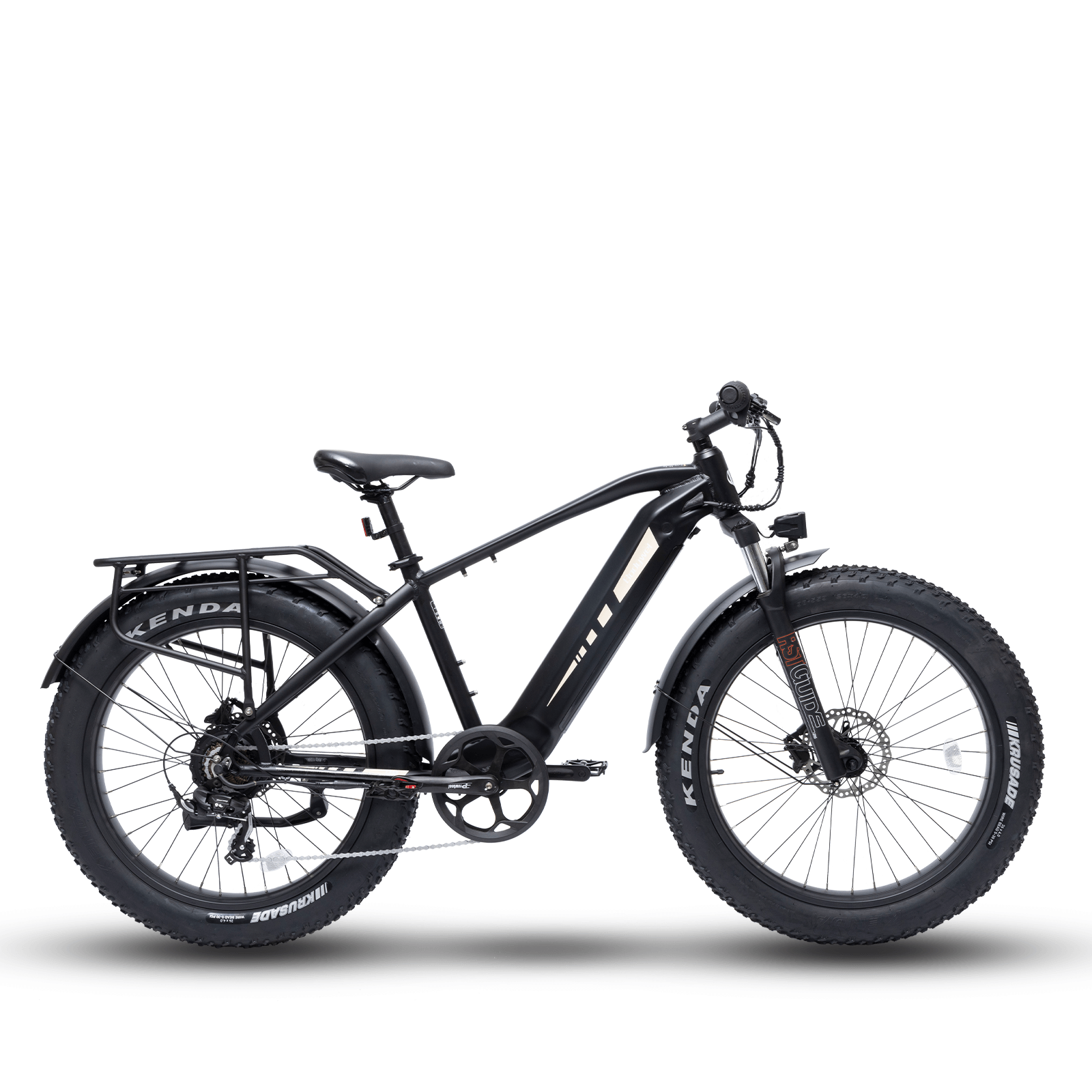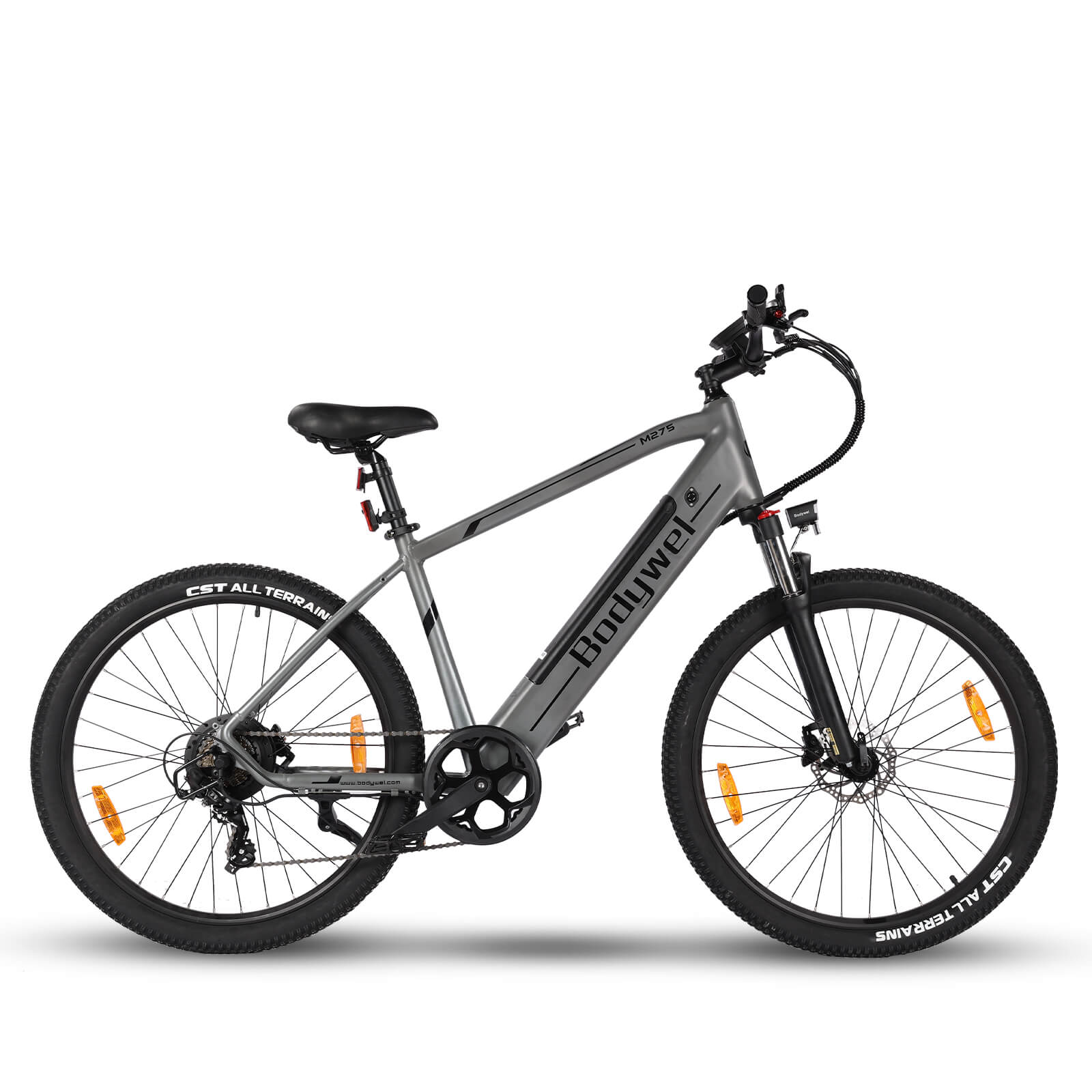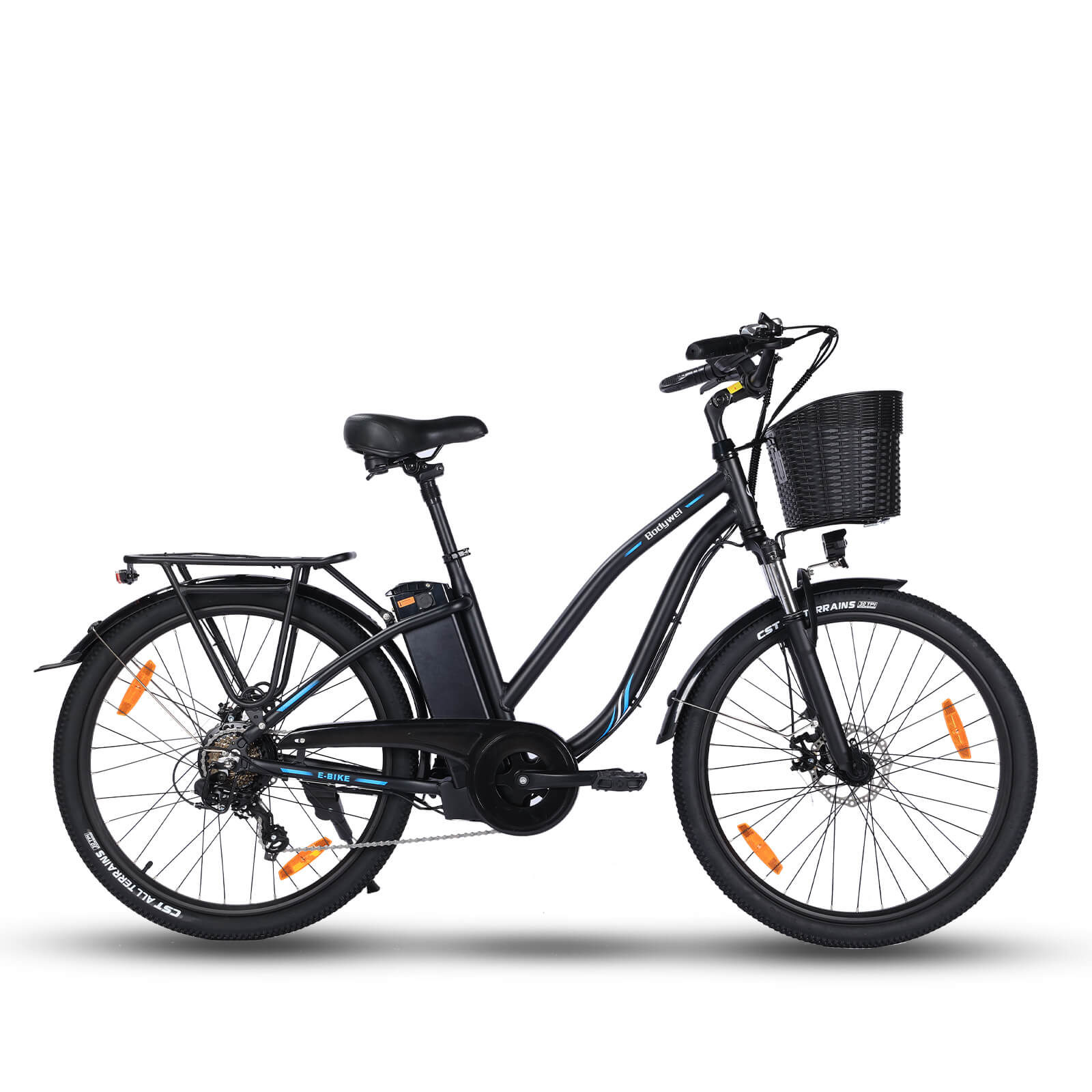5 Essential Safety Tips for Teenagers Riding an eBike

Electric bicycles (eBikes) offer teenagers an eco-friendly and efficient mode of transportation, but safety must remain a top priority. This guide outlines five critical safety measures to ensure young riders enjoy their eBike experience while minimizing risks.
Helmets Are Non-Negotiable
A properly fitted helmet reduces head injury risks by over 60%. Teens riding electric bikes must wear helmets meeting CPSC or Snell safety standards. Parents should enforce this rule consistently, even for short trips.
Understand Local Regulations
Laws governing eBikes for minors vary by region. Some areas require licenses, age restrictions, or speed limiters for youth models like the RadPower RadRunner. Always verify local ordinances before purchase.
Master Basic Handling Skills
Teens should practice braking, turning, and balancing in controlled environments before riding in traffic. Many crashes occur due to unfamiliarity with pedal-assist systems, which amplify pedaling power unexpectedly.
Visibility and Communication
High-visibility clothing and functional lights (front/rear) are essential for teen eBike riders. Hand signals and audible bells help communicate intentions to drivers—critical given adolescents' developing situational awareness.
Regular Maintenance Checks
Monthly inspections of tires, brakes, and battery connections prevent mechanical failures. Parents might consider professional servicing for complex components like mid-drive motors in Specialized Turbo Vado models.
Choosing the Perfect eBike for Your Teen: A Parent's Guide
When selecting youth-oriented electric bicycles, prioritize models with speed governors (typically capped at 15-20 mph) and durable frames. Brands like Trek and Giant offer entry-level options with safety-focused designs.
Key Features to Consider
Look for integrated lighting systems, puncture-resistant tires, and intuitive controls. Test rides help assess fit—teens should comfortably reach handlebars and place both feet flat when stopped.
Budgeting for Safety
Allocate funds for essential accessories: helmets ($50-$150), U-locks ($40+), and rearview mirrors ($15-$30). These additions significantly enhance protection without substantially increasing the total cost of ownership.
0 commenti




